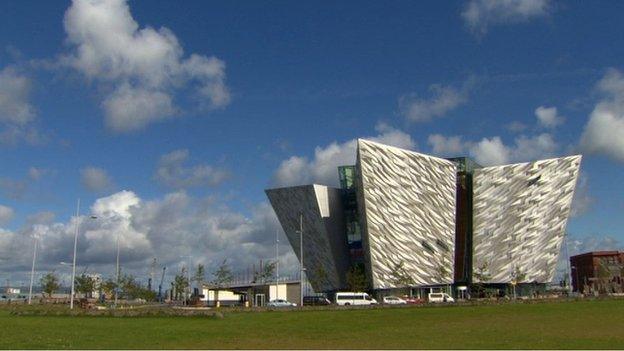Titanic: The ship that inspired a merchandising bonanza
- Published
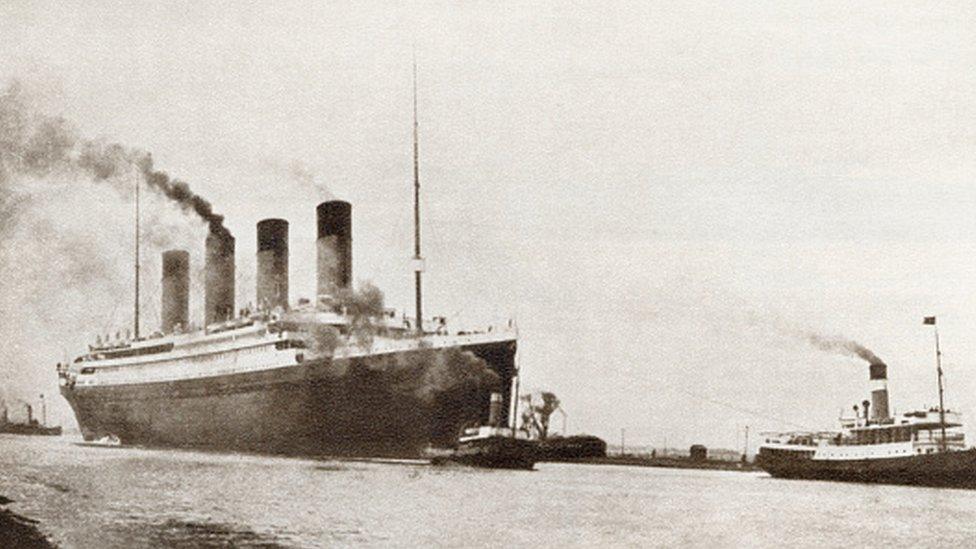
Titanic escape room plans have been described as "distasteful"
The Titanic is probably the most famous ship ever to sail the waves, and is undoubtedly the most famous ever to have sunk.
At least 1,496 lost their lives the night she went down, a huge number but not the largest ever peace-time loss of life at sea.
The greatest peace-time maritime disaster was when the Philippine registered Doña Paz went down with about 4,400 passengers in 1987.
There is no Doña Paz film, however, no visitors centre and it is unlikely that the disaster will never find its way onto a T-shirt, or a mug.
Despite the scale of the Titanic tragedy the legend of the Belfast-built ship has never faded.
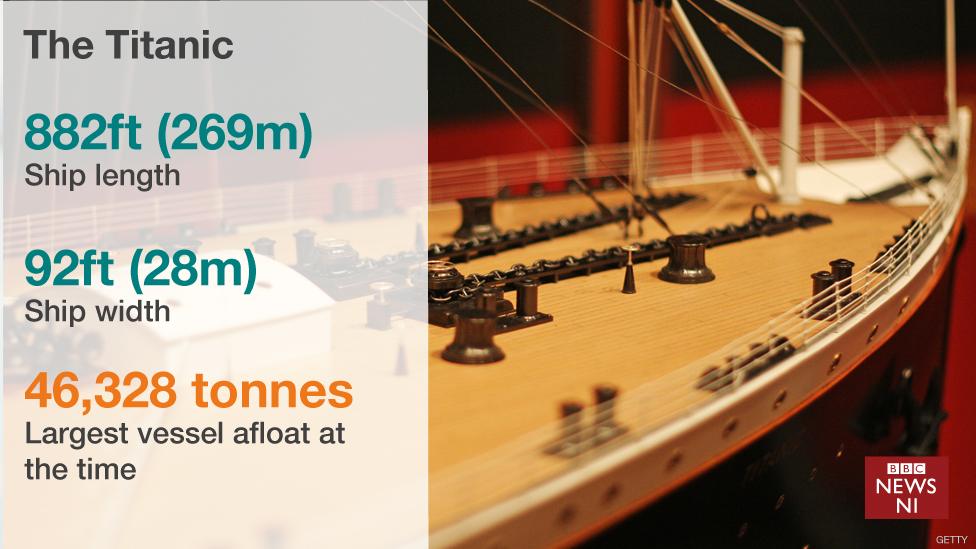
Once Belfast had an ambiguous relationship with the Titanic, unsure of how to deal with the memory of the ship which sank on its maiden voyage.
As time passed, a feeling of pride in the construction of the ship overcame any hesitancy to embrace the liner, its legacy and its financial potential.
The latest business idea to make use of that global fascination is The Titanic: The Final Hour.
The Titanic themed 'escape room' game is set to come to Belfast.
It will see teams being given an hour to try to escape a simulation of the stricken liner.
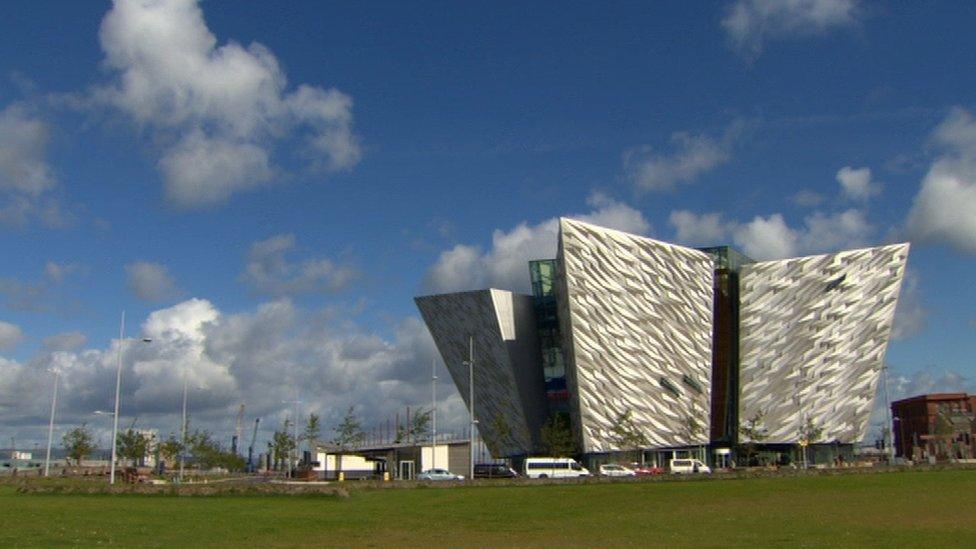
Titanic Belfast opened in 2012, coinciding with the centenary of the Belfast-built ship's maiden voyage
If anything, as time goes on the Titanic becomes even more famous and an even bigger source of merchandising revenue.
An area of Belfast has now been designated Titanic Quarter and the city now hosts Titanic Belfast, a visitors' centre that was named the world's leading tourist attraction in 2016.
It opened in 2012 at a cost of £77m and by September of this year four million people had visited the centre.
A report from the professional services firm, Deloitte, based on the period from April 2012 to March 2015, found that Titanic Belfast generated £105m in additional tourism spend for the Northern Ireland economy in its first three years, sustaining 893 jobs in the wider economy.
It costs £18 for an adult to visit and includes exhibitions and the opportunity to visit the SS Nomadic, Titanic's original tender ship. A family of two adults and two children costs £44.
The centre's policy is not to include artefacts from Titanic's wreck site for ethical reasons, but does contain many original Titanic and White Star Line artefacts.

Academic claims Belfast is exploiting sinking of Titanic
What is wrong with disaster tourism? BBC Radio 5 live finds out.

Towards the end of the last decade, the film Titanic became the most successful movie ever with global takings of $1.843bn (£1.14bn).
James Cameron's film Titanic won 11 Oscars after its original release in 1997.
The film continues to be watched, and to make money, to this day.
But the ship's legacy has not always been so artistically remembered.
Possibly with something as iconic as the Titanic it is unsurprising that mugs and t-shirts are produced - but what about toy Titanics that sink and break in to pieces.
Perhaps the most questionable piece of Titanic merchandising is the full-size replica that is to become the top attraction at a Chinese theme park.
Construction of the 269m-long ship, which will be docked permanently on a reservoir in a rural area of the land-locked Sichuan province, began in November 2016.
The ship's story is the subject of immense fascination for many in China having become particularly intense after the 1997 film.
Australian billionaire Clive Palmer also announced plans to create a replica in 2012, but the project has not yet been completed.
Not one of a kind
The Titanic was not actually a unique ship.
There were three Olympic Class liners, all built in Harland and Wolff in Belfast.
The lead ship in the class, Olympic, was launched a year before Titanic and sailed for 24 years before being scrapped in 1935.
The Britannic served as a hospital ship during World War One.
She was launched after the Titanic and had a number of improvements compared to its more famous sister.
Those enhancements did not save her when she struck a mine in the Aegean Sea on 21 November 1916 while serving as a hospital ship.
But despite the fact that she sank at a faster rate than Titanic, 30 people lost their lives in that incident.
The Britannic also had a film made about her. It was a rather less successful commercially than the James Cameron film.
- Published21 October 2017
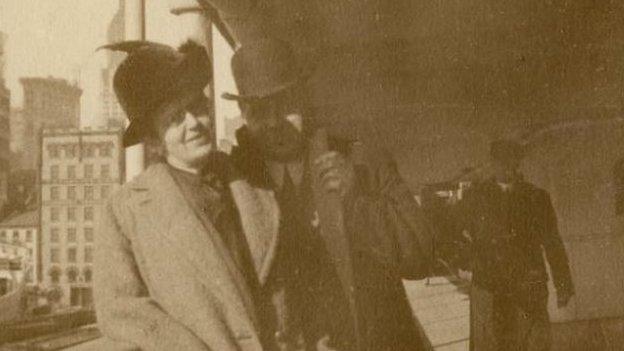
- Published4 July 2017
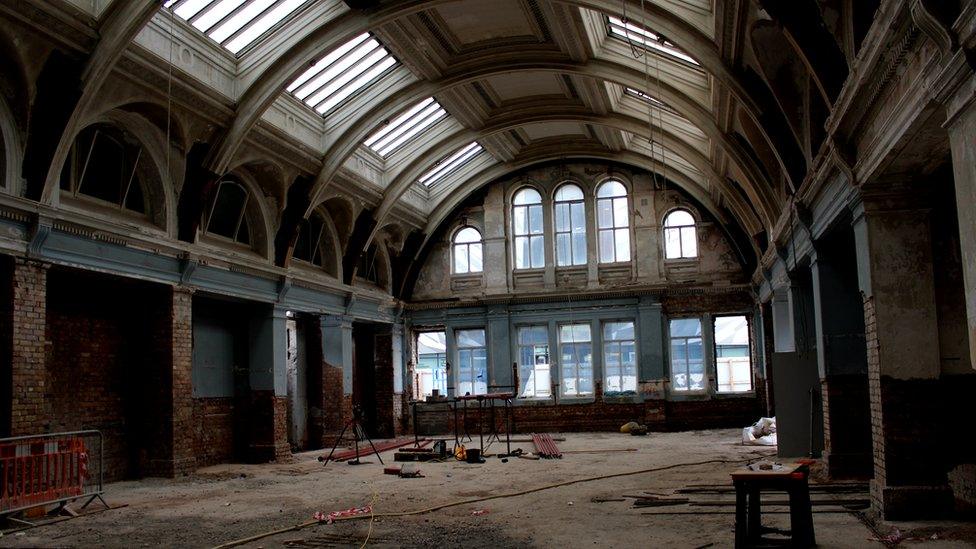
- Published2 December 2016
